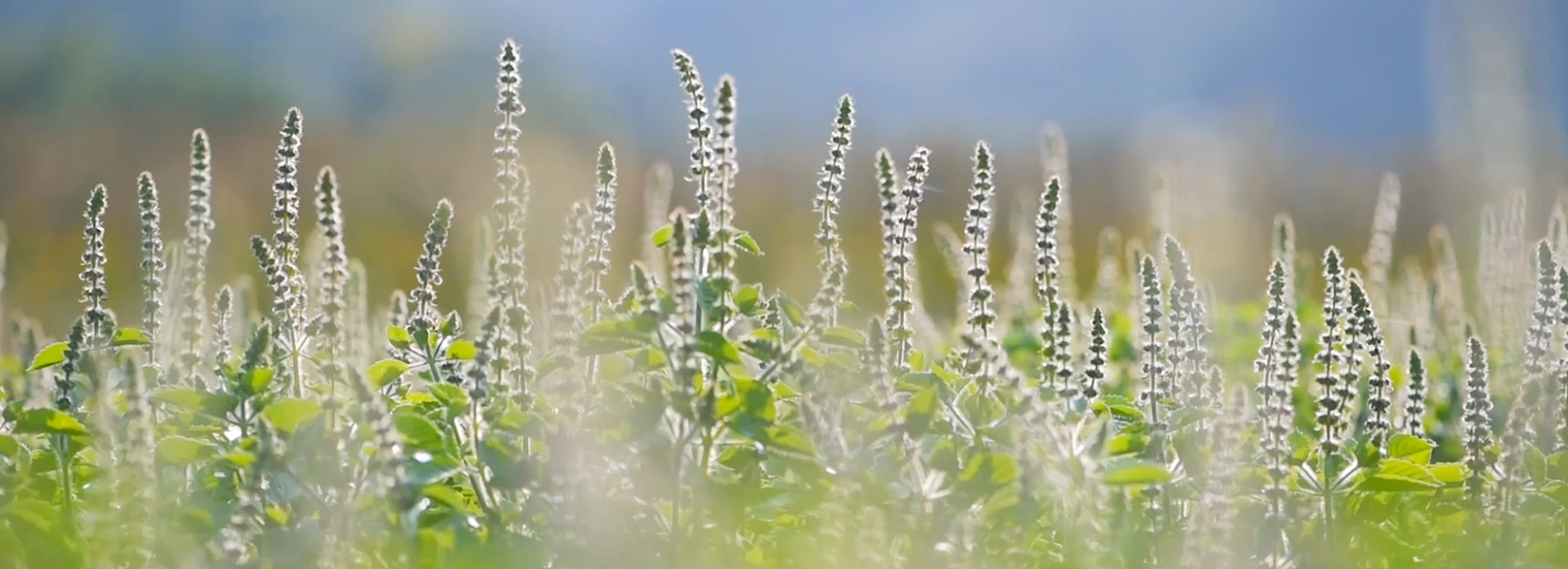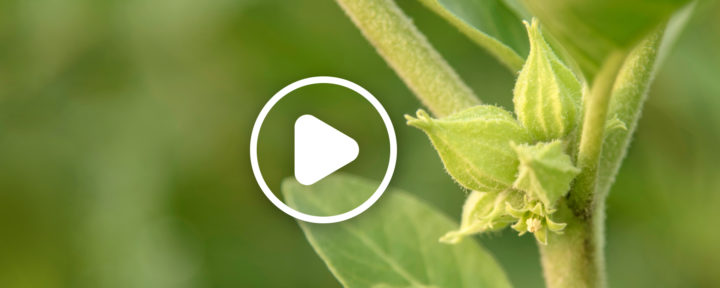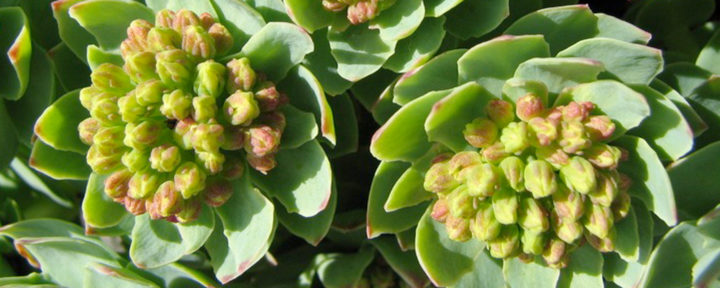Holy Basil (Ocimum tenuiflorum) is a member of the Lamiaceae, or Mint family. Also known as Tulsi, or “The Incomparable One,” Holy Basil is one of the most sacred plants in India. The leaf is the part most commonly used in herbalism, although you can find reference to the root and seeds being used in Ayurveda. It is said that everything about this plant is holy, including the soil it grows in and the wind that blows over it.
Identifying and growing Holy Basil
While it’s closely related to the culinary basil that is used in pesto and other foods, Holy Basil is a bushy, annual basil used for tea. The seeds are started in spring and may be sown directly into the ground or started in a pot. This plant is a light-dependent germinator. Gently press the seeds into the surface of the soil — don’t cover or bury them too deeply. They will germinate quickly if kept moist and warm. As with most Basil species, Holy Basil isn’t particularly frost-hardy and should be brought inside for the winter.
The leaves of Holy Basil are elliptical or oblong, and often pubescent on both sides, which means they are covered with short, soft hairs. The flowers are purplish or crimson and very small, in long, close racemes (meaning its flowers form in separate clusters starting at the base of a central stem, equally spaced on their own short stems). When grown in the most ideal climates, such as its native India, Holy Basil tends to be more shrub-like and can reach over 3 feet in height.
Holy Basil in herbalism and culture
Holy Basil is most often used in herbalism to support energy, vitality and a balanced response to stress.* This fascinating plant has also played a meaningful part in the conservation of the Taj Mahal. In 2009, the Uttar Pradesh forest department committed to planting one million Holy Basil seedlings around this beloved monument of love, with the hopes of slowing the degradation of the building.
This highly aromatic plant is commonly found in courtyards around India, and it is said that the fragrance of Holy Basil purifies all who smell it. In Hindu tradition, Holy Basil, or Tulasi, is said to be a manifestation of the Divine Mother on Earth, for the benefit of all creation. While this plant is growing in popularity, it is anything but ordinary. Ancient Hindu texts have this to say:
Tulasi is auspicious in all respects. Simply by seeing, simply by touching, simply by remembering, simply by praying to, simply by bowing before, simply by hearing about, or simply by sowing this (seed), there is always auspiciousness.
Herb at a glance
Botanical name: Ocimum tenuiflorum
Common name(s): Tulsi, “The Incomparable One”
Plant family: Lamiaceae
Native habitat: India
Parts used: herb
Botanical description: The leaves are elliptical or oblong, often covered with short, soft hairs. The flowers are purplish or crimson and very small.
Use(s): An adaptogen known to support mental concentration, and a revitalizing Ayurvedic herb to support calm, focused energy and a balanced response to stress*
Flavor profile: intensely aromatic, spicy and bittersweet




